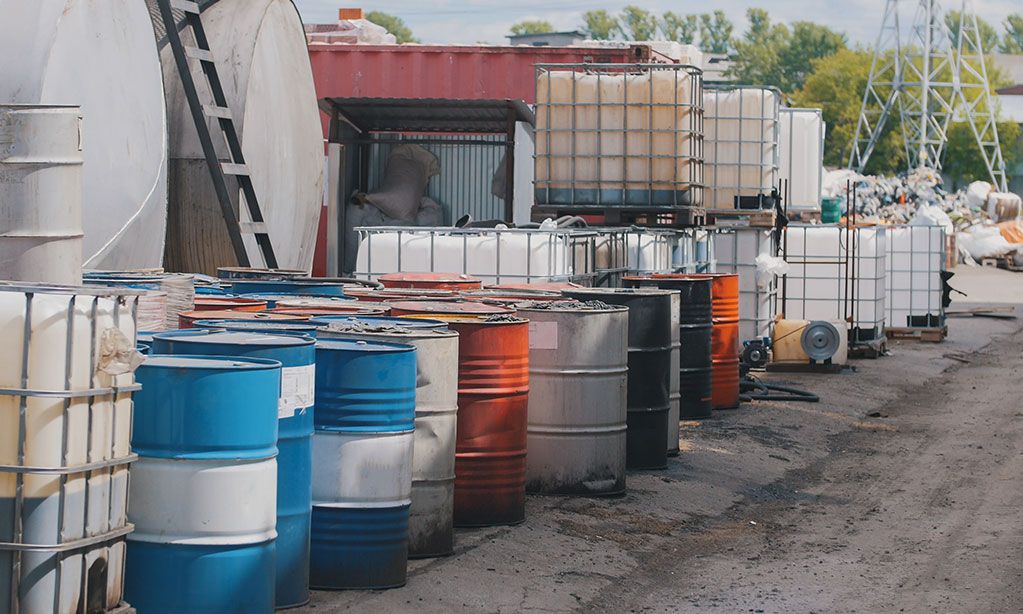

Used Oil – 40 CFR 279
When the EPA was crafting the RCRA rules for hazardous wastes, they recognized that many different types of facilities generated used oil – especially many small to mid-sized companies that would not otherwise be subject to RCRA regulations. They also recognized used oil as both a potential water pollutant; and as a highly recyclable commodity.
To help lessen the regulatory burden and encourage recycling, the EPA permits facilities to handle/store/treat their used oil under full RCRA regulation, or under the relaxed used oil management provisions of 40 CFR 279.
The rule does not include food oils (vegetable or animal):
“Used oil means any oil that has been refined from crude oil, or any synthetic oil, that has been used and as a result of such use is contaminated by physical or chemical impurities.” [40 CFR 279.1]
Applicability
Any facility that generates used oil may manage it under the used oil management standard. The standard also outlines requirements for facilities that collect used oil from various sources, transport, process and burn used oil.
Rule Requirements
Because the EPA presumes that generators are going to recycle their used oil, it needs to be stored and handled as a commodity. Generators may not mix their used oil with hazardous waste (unless they are very small quantity generators).
In fact, if the oil contains more than 1,000 ppm total halogens, it is presumed that the generator mixed it with hazardous waste. If this happens, the generator can manage the oil as hazardous waste or demonstrate that there was no intentional mixing. An example of this is cutting oils that have added chlorinated compounds added to them prior to purchase to give the oil a broader temperature range. Used oil must also have less than 50ppm PCBs to be managed under this standard.
Oil that has more than 1,000 ppm total halogens, excessive heavy metals or more than 50 ppm PCBs is considered “off specification” and must be handled properly. “On specification used oil” is easier (and far less expensive) to clean and re-refine for reuse.
Used oil generators may not use oil as a dust suppressant, and they may not store it in surface impounds or waste piles. All used oil must be managed in containers (drums, totes, carboys, etc.,) aboveground or underground storage tanks that are in good condition, not leaking and are properly labeled.
If applicable, generators must also meet applicable SPCC and UST regulations.
Facilities managing used oil must have plans to stop, contain and clean up any spilled (released) oil. The facility may choose whatever procedures, tools and response equipment they feel will work for their circumstances.
Subscribe for Updates:
Sign up here to get the latest news, rules, and regulations and delivered right to your inbox.